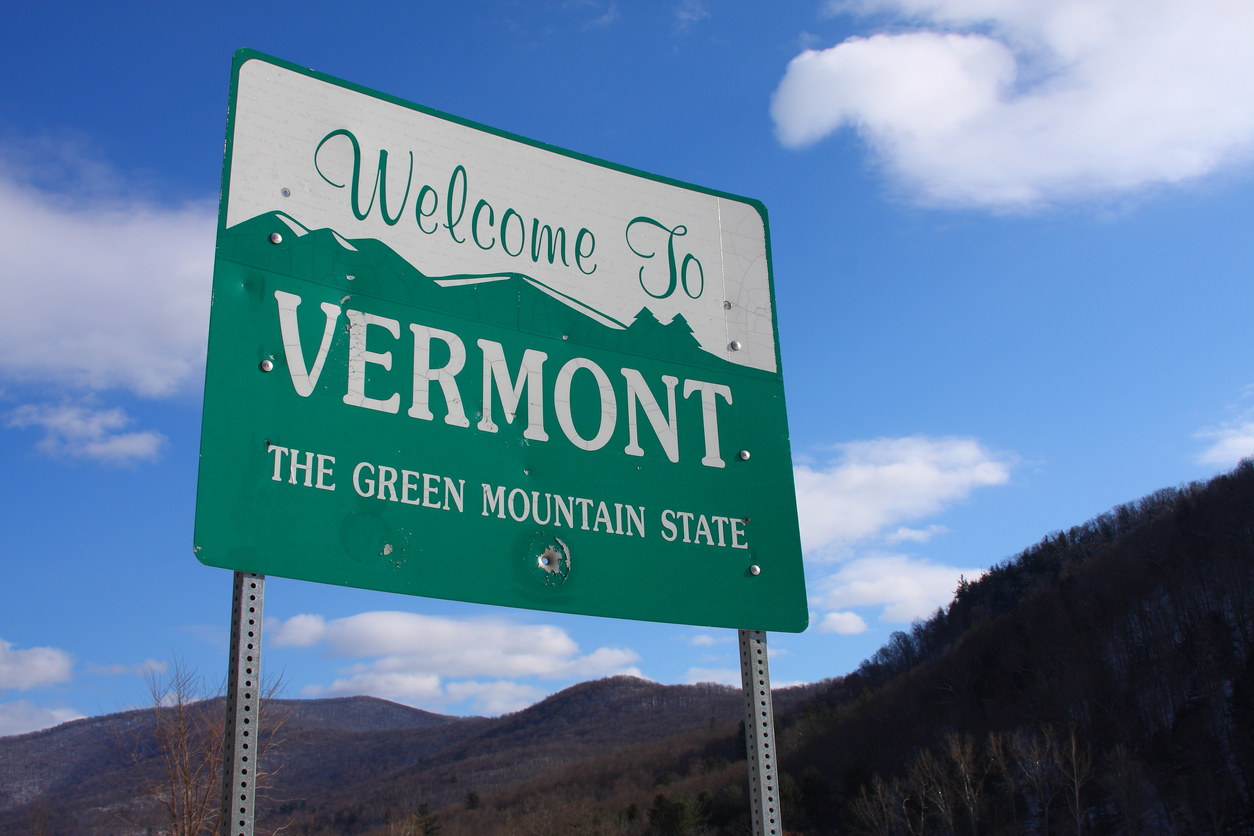The state of Vermont is known for green mountains, ski slopes, and foods like maple syrup and the ever-popular Ben and Jerry’s ice cream.
In Vermont, the rules of interpretation of insurance contracts are well established:1
Vermont law “requires that policy language be accorded its plain, ordinary meaning consistent with the reasonable expectation of the insured, and that terms that are ambiguous or unclear be construed broadly in favor of coverage.” Towns v. N. Sec. Ins., 2008 VT 98, ¶ 21, 184 Vt. 322, 964 A.2d 1150; see also Shriner [v. Amica Mutual Ins. Co., 2017 VT 23, ¶ 6,204 Vt. 321, 167 A.3d 326 (“We give effect to the terms in an insurance policy according to their plain, ordinary and popular meaning, and our interpretation of an insurance policy is guided by a review of the language from the perspective of what a reasonably prudent person applying for insurance would have understood it to mean.” (quotation and alteration omitted) ). “Words or phrases in an insurance policy are ambiguous if they are fairly susceptible to more than one reasonable interpretation.” Whitney v. Vt. Mut. Ins., 2015 VT 140, ¶ 16, 201 Vt. 29, 135 A.3d 272. Further, “[w]hen a provision is ambiguous or may reasonably be interpreted in more than one way, then we will construe it according to the reasonable expectations of the insured, based on the policy language.” Vt. Mut. Ins. v. Parsons Hill P’ship, 2010 VT 44, ¶ 21, 188 Vt. 80, 1 A.3d 1016.
Furthermore, “[a]n insurance policy “is to be strictly construed against the insurer.”2 “Because a policy is prepared by the insurer with little effective input from the insured, [Vermont courts] construe insurance policies in favor of the insured, in accordance with the insured’s reasonable expectations for coverage based on the policy language.”3 In other words, ambiguity is construed against the insurer.4
Like many other states, Vermont law requires that policy language be given its plain, ordinary meaning and interpreted consistent with the objectively reasonable expectations of the policyholder. Although these tenets alone will not determine whether a particular claim is covered under a particular policy, policyholders seeking coverage should be prepared to detail the specific facts and law supporting their demand for coverage.
For other blog posts on Vermont law, see:
https://www.propertyinsurancecoveragelaw.com/2019/04/articles/consumer-protection/how-to-file-a-complaint-with-the-vermont-department-of-insurance-about-your-delaying-denying-and-bad-treating-insurance-company/
https://www.propertyinsurancecoveragelaw.com/2018/03/articles/uncategorized/calculating-actual-cash-value-part-31-vermont/
_____________________________________
1 Rainforest Chocolate, LLC v. Sentinel Ins. Co., Ltd., 204 A.3d 1109, 111 (Vt. 2018).
2 Id. (quoting Simpson v. State Mut. Life Assurance Co. of Am., 382 A.2d 198, 199 (1977)).
3 Hardwick Recycling & Salvage, Inc. v. Acadia Ins. Co., 869 A.2d 82, 90 (Vt. 2004).
4 Brillman v. New England Guar. Ins. Co., Inc., 228 A.3d 636, 640-41 (Vt. 2020).




